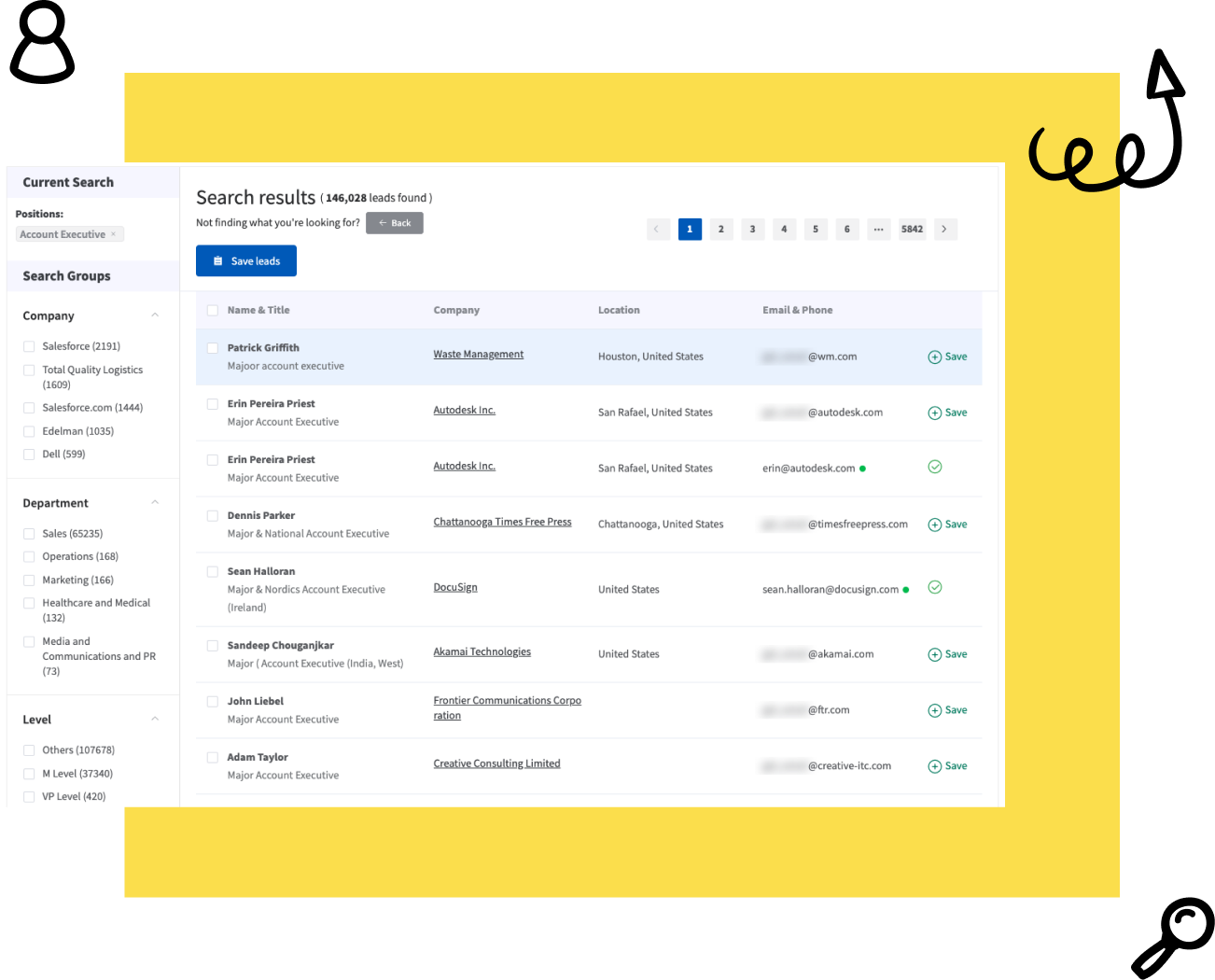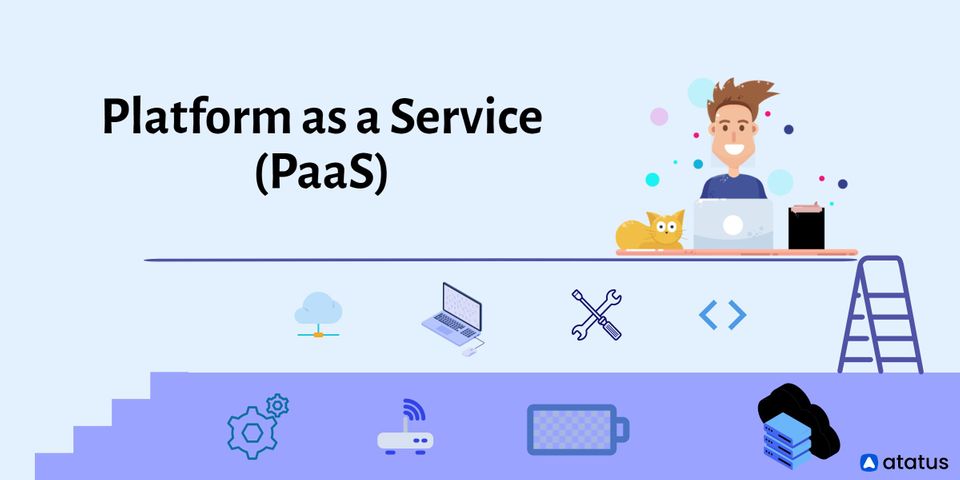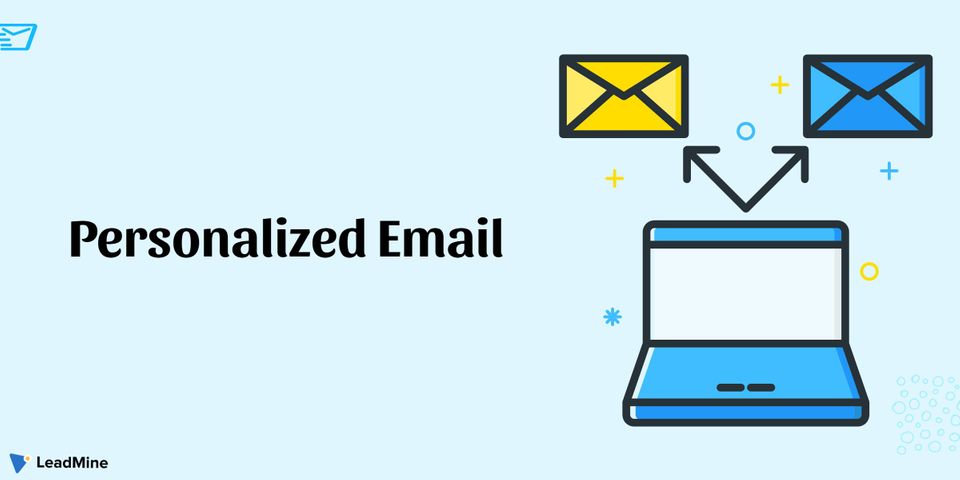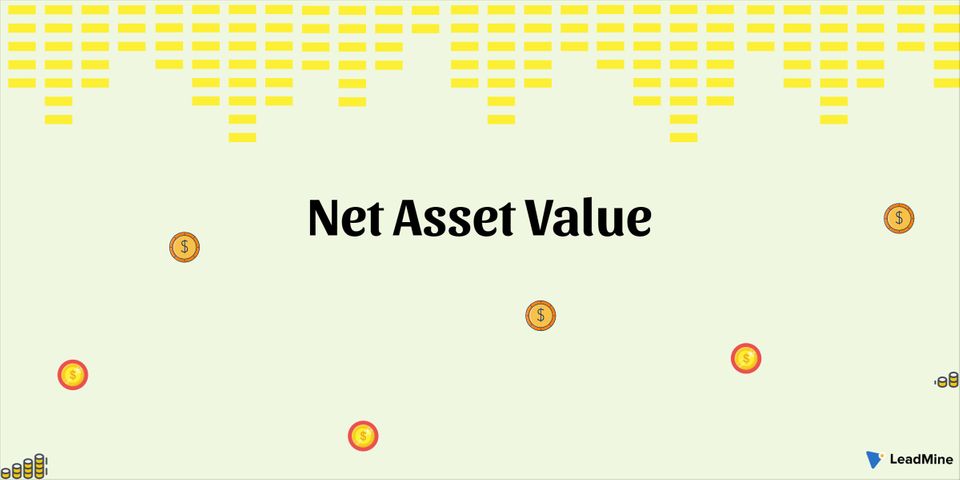Programmers prefer to concentrate on writing code rather than constructing and maintaining infrastructure. That is why PaaS (platform as a service) has become so popular. PaaS users have traditionally been able to access a software development platform via a web browser via a cloud service provider's hosted infrastructure. Programmers easily code, and organizations can quickly deploy new applications, due to easy access to a spectrum of development tools.
We will go over the following:
- What is Platform as a Service (PaaS)?
- How does PaaS Work?
- Use Cases of PaaS
- Benefits of PaaS
- Challenges in PaaS
- PaaS vs. Serverless Computing
What is Platform as a Service (PaaS)?
PaaS (Platform-as-a-Service) is a cloud computing model that offers customers a complete cloud platform such as hardware, software, and infrastructure for developing, running, and managing applications without the cost, complexity, or inflexibility associated with building and maintaining that platform on-premises. Everything, including servers, networks, storage, operating system software, databases, and development tools, is housed in the PaaS provider's data centre.
Customers typically have the option of paying a fixed charge for a set amount of resources for a set number of users or choosing for 'pay-as-you-go' pricing to pay only for the resources they use. Customers using either option may build, test, deploy, run, update, and scale applications faster and more affordably than they could if they had to construct and manage their own on-premises platform.
While PaaS does not completely replace your IT infrastructure, it is likely to supplement it, particularly for services like application hosting. For example, a typical PaaS category is used for software development, giving developers the tools and services they need to construct new applications and microservices quickly and flexibly.
How does PaaS Work?
PaaS (Platform-as-a-Service) is a cloud computing concept in which a service provider provides customers with a platform. The platform enables the company to create, run, and manage business applications without having to invest in the infrastructure that traditional software development processes need.
PaaS is provided through a service provider's cloud infrastructure. PaaS services are often accessed through a web browser. Customers pay on a per-use basis for PaaS. For access to the platform and applications hosted on the platform, some providers will charge a set monthly price. PaaS is available in public, private, and hybrid clouds.
The customer is responsible for software deployment with a public cloud PaaS, while the cloud provider handles all of the major IT components required to run applications. Servers, storage systems, networks, operating systems, and databases are all of these components. PaaS is offered as an appliance or software behind a user's firewall, generally in an on-premises data centre with a private cloud service.
PaaS delivers important services such as application hosting and Java development rather than replacing an organization's whole IT infrastructure for software development. Application design, development, testing, and deployment are some of the PaaS services available. Collaboration among development teams, database integration, web service integration, and information security are all PaaS services.
Servers, networking equipment, operating systems, storage services, middleware, and databases are among the fundamental cloud infrastructure components included in PaaS. The service providers own, run, configure, and manage all of these technology solutions.
Customers can avoid having to invest in these core IT components, which they may not be able to use to their full potential. Development tools, programming languages, libraries, containers, database management systems, and other technologies are also included in PaaS.
Use Cases of PaaS
By delivering a comprehensive and ready-to-use platform, enterprises can focus on designing, deploying, and managing applications rather than worrying about infrastructure administration. PaaS can help with or accelerate a variety of IT activities, including:
- DevOps and Agile Development
PaaS can provide pre-configured environments for automating the software development lifecycle, including integration, delivery, security, testing, and deployment. - Internet of Things (IoT)
PaaS can support a variety of programming languages tools, and application environments for IoT application development and real-time data processing supplied by IoT devices right out of the box. - API Development and Management
PaaS makes it easier for teams to design, execute, maintain, and secure APIs for sharing data and functionality between applications due to its built-in frameworks. - Cloud Migration and Cloud-native Development
PaaS can make it easier to migrate current applications to the cloud, especially through re-platforming or refactoring, due to its ready-to-use tools and integration capabilities. - Hybrid Cloud Strategy
Hybrid cloud integrates public, private, and on-premises infrastructure to provide orchestration, administration, and application mobility across all three. As a result, a company may execute and scale traditional or cloud-native workloads in a unified and flexible distributed computing environment. In a hybrid cloud environment, the proper PaaS solution allows developers to design once, then deploy and manage everywhere.
Benefits of PaaS
Platform as a Service has a lot of appealing characteristics for businesses. PaaS can be a key aspect of a company's infrastructure for a number of reasons, including application development and cost reduction. When compared to an on-premises platform, the following are the most frequently mentioned benefits of PaaS:
- Reduce Cost
Clearly, PaaS reduces costs by allowing a company to avoid the capital equipment costs of developing and scaling an application platform. PaaS can lower or eliminate software licensing costs. PaaS can also lower your overall application management expenses by handling patches, updates, and other administrative activities. - Scalability
Scaling an on-premises platform is always costly, wasteful, and in certain cases insufficient. You have to buy more compute, storage, and networking capacity in advance of traffic spikes; much of that capacity lies unused during low-traffic periods, and none of it can be scaled up in time to accommodate unplanned surges. You can buy more capacity using PaaS and start utilizing it right now, whenever you need it. - Faster Release
There's no need to buy and install the hardware and software you'll need to establish and maintain your application development platform with PaaS, and development teams won't have to wait while you do it. You simply use the PaaS provided by the cloud service provider to start provisioning resources and creating right away. - More Freedom to Experiment
PaaS also allows you to experiment with new operating systems, languages, and other technologies without having to spend heavily on them or the infrastructure needed to support them. - Flexibility
PaaS services provide a shared software development environment, allowing DevOps teams to access all of the tools they require from any location with an internet connection. - Affordable Access to Resources
Most PaaS platforms provide access to a greater range of options up and down the application stack—including operating systems, middleware, databases, and development tools—than most businesses can maintain alone. - Business process management (BPM)
Organizations can use PaaS solutions to get a BPM platform supplied as a service. BPM suites include data, business rules, and service-level agreements, as well as other IT components required for process management.
Challenges in PaaS
While it is simple to make the case for PaaS, there are going to be some obstacles. Some of these stumbling blocks are merely the unintended consequences of the positives, as well as the nature of the beast. Others, with previous planning and preparation, can be overcome.
The following are a list of challenges:
- Risk of Lock-In
Since the application is designed using the vendor's tools and expressly for their platform, switching PaaS providers may be difficult. Each vendor's architecture requirements may differ. Languages, libraries, APIs, architecture, and operating systems used to construct and run the application may not be supported by all suppliers. - Compatibility
If PaaS is utilized in conjunction with existing development platforms, complications may arise. - Vendor Dependency
Companies may become more dependent on their present PaaS vendor due to the time and resources required to switch vendors. A minor change in the vendor's internal processes or infrastructure could have a significant impact on the performance of an application that was supposed to run smoothly on the previous setup. - Security Risks
Despite the fact that most PaaS vendors are huge corporations with robust security, it is impossible to properly examine and test the security measures safeguarding the application and its data. Furthermore, for businesses that must adhere to strict data security standards, certifying the compliance of extra external vendors would add to the time it takes to get to market.
PaaS vs. Serverless Computing
In both PaaS and serverless computing, all a developer has to worry about is developing and uploading code, while the vendor handles all backend activities. When using the two models, however, the scaling is dramatically different. Serverless computing applications scale automatically, but PaaS applications do not unless they are intended to do so.
Serverless applications can be up and running practically rapidly, but PaaS applications are more like traditional applications and must be running most of the time or all of the time in order to be immediately available to users. Another difference is that, unlike PaaS vendors, serverless vendors do not provide development tools or frameworks.
Finally, pricing distinguishes the two models. PaaS billing isn't as exact as serverless computing billing, which breaks out charges by the number of seconds or fractions of a second that each instance of a function runs.
Conclusion
PaaS is no exception to the fact that technology is continually changing. Cloud computing is just becoming computing, and cloud-native design is fast becoming the norm in the new architecture. The future is exciting, and PaaS allows smaller companies and new businesses in a variety of industries to prepare for growth.
LeadMine : Find Your Next Customer without Wasting Time
LeadMine is a lead generation platform used by all types of businesses. From over 200 million contacts, you may identify your target b2b leads as well as their email addresses.

LeadMine is an extremely simple and handy application that can improve your marketing and sales processes. Its user-friendly interface, strong algorithms, real-time data, and email verification features save time that can be better spent on other tasks. The rich API solution can also check hundreds of email addresses in less than a minute. The powerful yet easy solution might be your ideal marketing and sales partner, helping your business grow.





